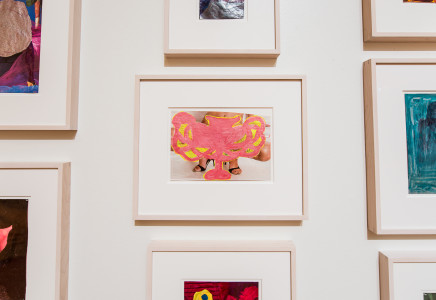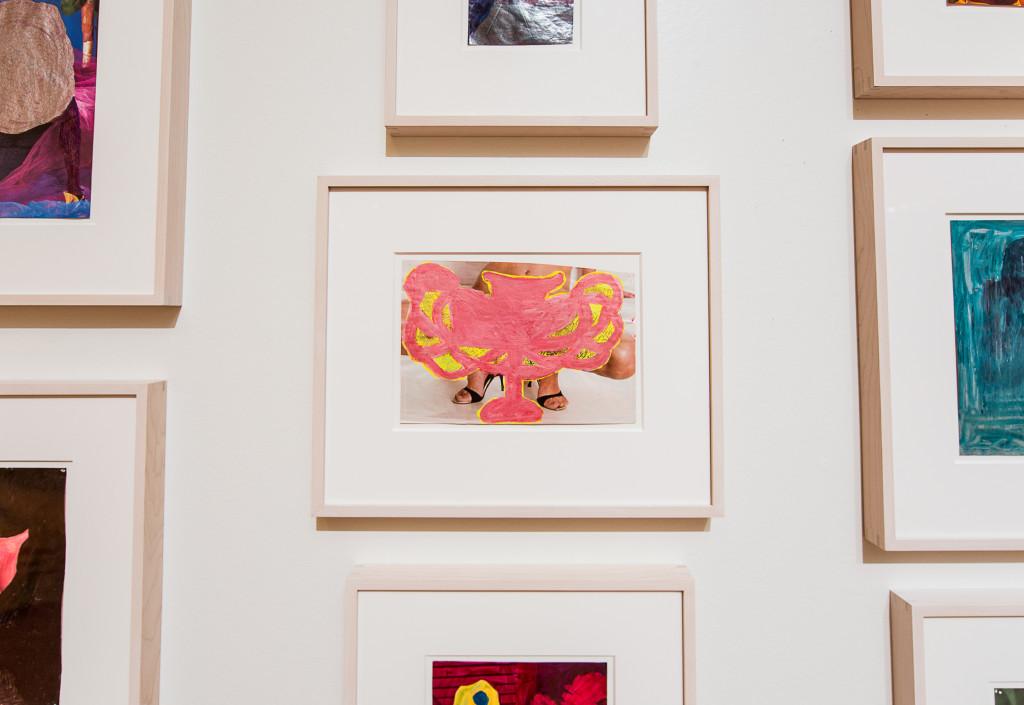Steve Yang, Features Editor
yangstev17@grinnell.edu
Last Tuesday, March 1, two classes of senior seminar students taught by Professor Leah Allen, Gender, Women and Sexuality Studies, participated in a lively debate about censorship and feminism. Based on class readings and artist Beverly Semmes’ “Feminist Responsibility Project” in Faulconer Gallery, the pro- and anti-censorship teams followed a Lincoln–Douglas format to argue for and against the censorship of pornography.
Allen explained that the point of the debate was to allow students to experiment with different arguments and put themselves in the shoes of cultural critics on both sides of the “Sex Wars” of the 1980s. She noted that students would represent the different factions from that time: one that argued that pornography was liberating and one that argued that pornography violently degraded women and their civil rights.
“It was a strange moment in feminism to find left-leaning feminists aligned with conservatives who also wanted to see pornography censored and restricted,” Allen said. “It was a very strange time.”
Despite their common goal to achieve social justice for women, the two sides fought over the extremely sensitive subject of censorship and how one should counter the distinctions between feminist discourse and conservative discourse. It is a question that has not been directly answered, although the tides of time have favored anti-censorship.
“I hope audience members get a sense of how nuanced and complex the question of feminist censorship is,” Allen added. “Feminist censorship is also very complicated because it makes us confront who we want to be the censors: who is in charge of saying what is and isn’t permissible.”
To prepare for the class, both seminar sections viewed Semmes’ exhibit and decided which image they wanted to use in the debate. Eventually, “Pink Pot” was selected, a centerfold image of a squatting woman which Semmes obscured with a painted pink and yellow mushroom cloud.

“What Beverly Semmes does is take these very conventional mainstream pornographic images and sometimes makes them more pornographic by censoring them, other times less pornographic or sexual by making it obscured,” Allen noted. “She’s creating art where previously we would have said there was pornography, but she’s also leaving her work open to be interpreted as pornography itself.”
With so much room for interpretation, the pro- and anti-censorship sides presented intricately detailed arguments on the ethicality and practicality of feminist censorship. During opening arguments, the pro-censorship side argued that pornography is a form of patriarchal control, that sex workers are often desperate or unable to decline these roles and that sexual violence perpetuates rape culture.
“Controlling the production and distribution of porn is not censorship; it’s the protection of a civil right,” one member of the pro-censorship side said.
On the other hand, the anti-censorship team argued that the agents of the state could not reliably censor pornography, that the production of pornography is potentially empowering and that censoring sexuality leads its repression.
“The Comstock laws to ban erotica based on thinking of sex were only used to target non-normative sex and restrict information about women’s bodies,” an anti-censorship representative highlighted.
During rebuttals, there were discussions of whether or not pornography is protected by free speech, whether censorship is actually possible or practical and whether pornography perpetuates or reduces gender inequality.
Each side presented select historical examples and current data, tracing long histories of societal problems intimately integrated with the production and consumption of pornography. They then explained how those phenomena relate to the advancement of feminist aims. There were mentions of racial infantilization, pornography’s effect on children, the capitalistic aspects of pornography production and pornography’s ability to express queer sexuality.
“We should dismantle the master’s house using the master’s tools,” one panelist suggested.
Consequently, interpretations of “Pink Pot” varied drastically. The pro-censorship side proposed that censorship could be used to rectify the violations of pornography. The anti-censorship side, however, argued that censorship could lead to the stigmatization of women and the female body.
Concluding arguments rounded up the various points made during the debate: the pro-censorship sides summarized that ”censorship transforms pornography into art” while the anti-censorship side concluded that regulation of pornography protects women and allows women to escape the patriarchal lens that withholds agency and control.
Throughout the talk, audience members were engaged closely with the panelists, laughing and clapping along with the different points made. Some felt that a student debate on an ideologically controversial point allowed for an argument that limited pre-existing biases.
“I thought that it was really cool to have students actually … be the main proponents of various ideological differences,” said Chase Booth ’16. “I feel like at Grinnell we don’t have debates other than what we all perceive as the liberal ideas.”





























































